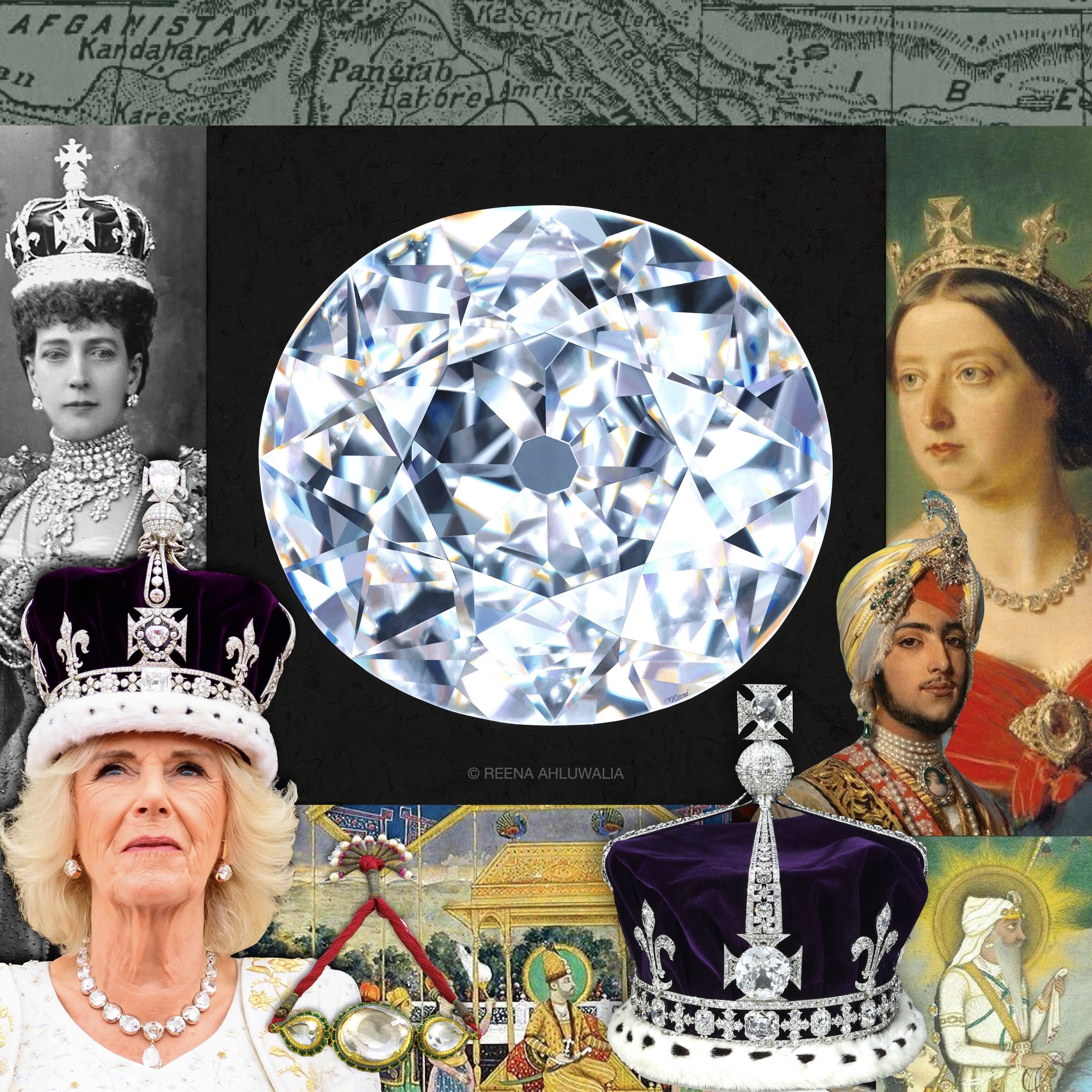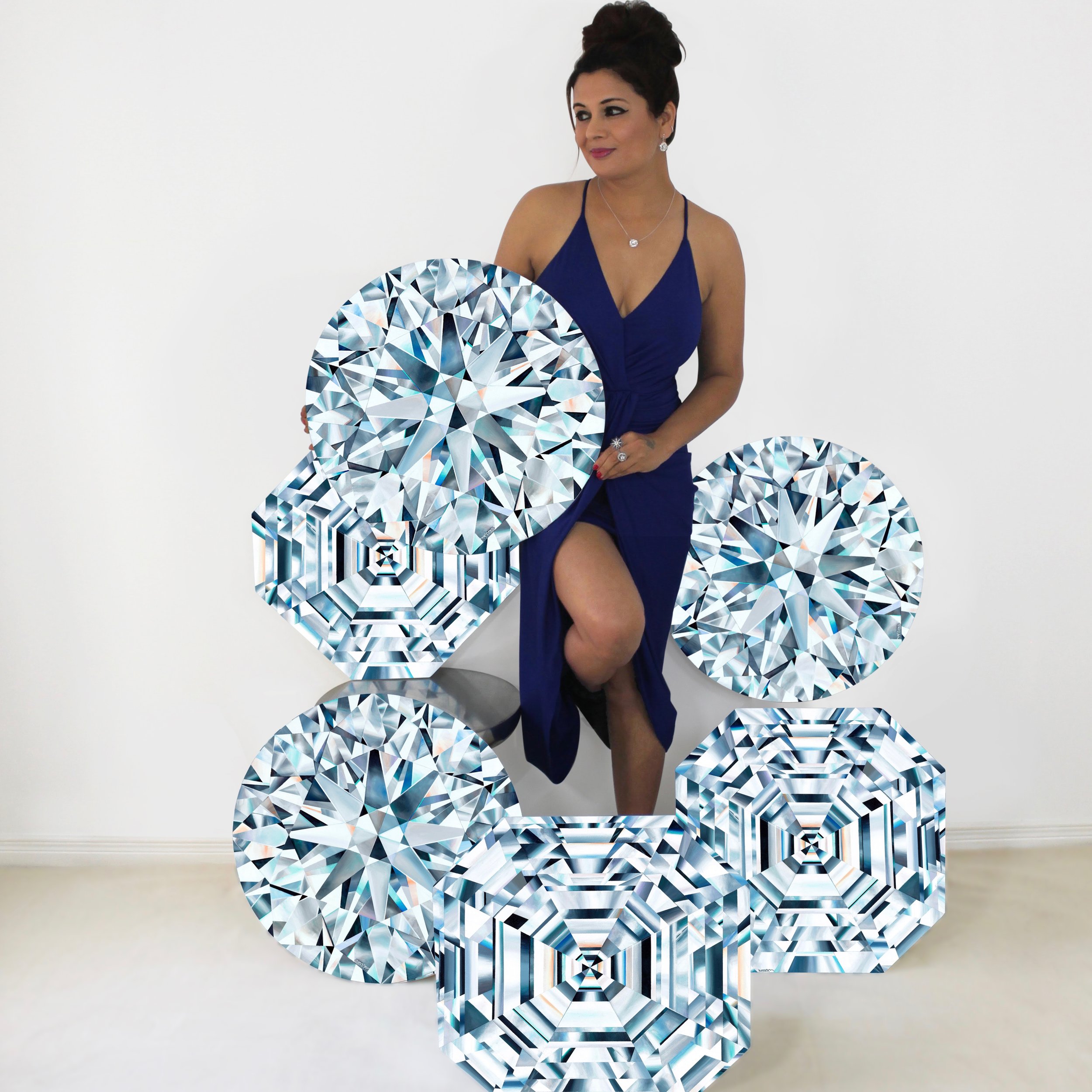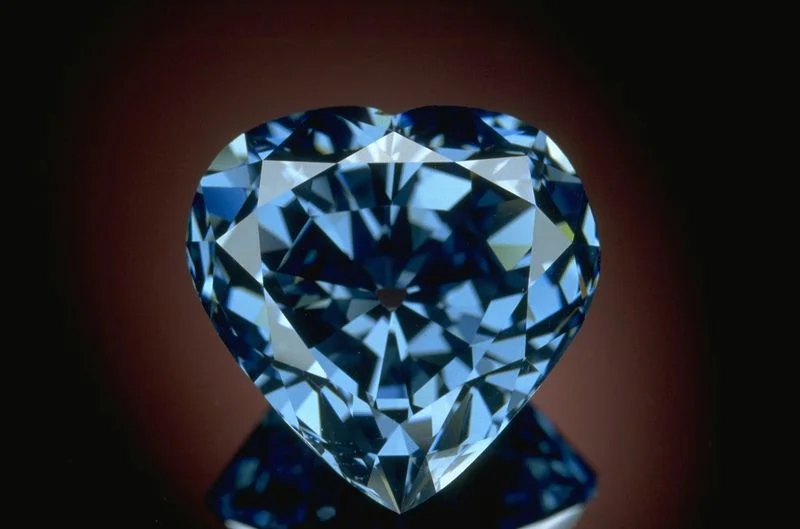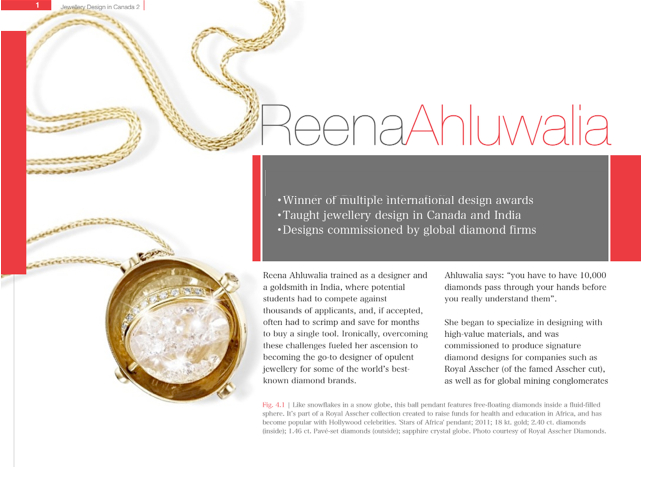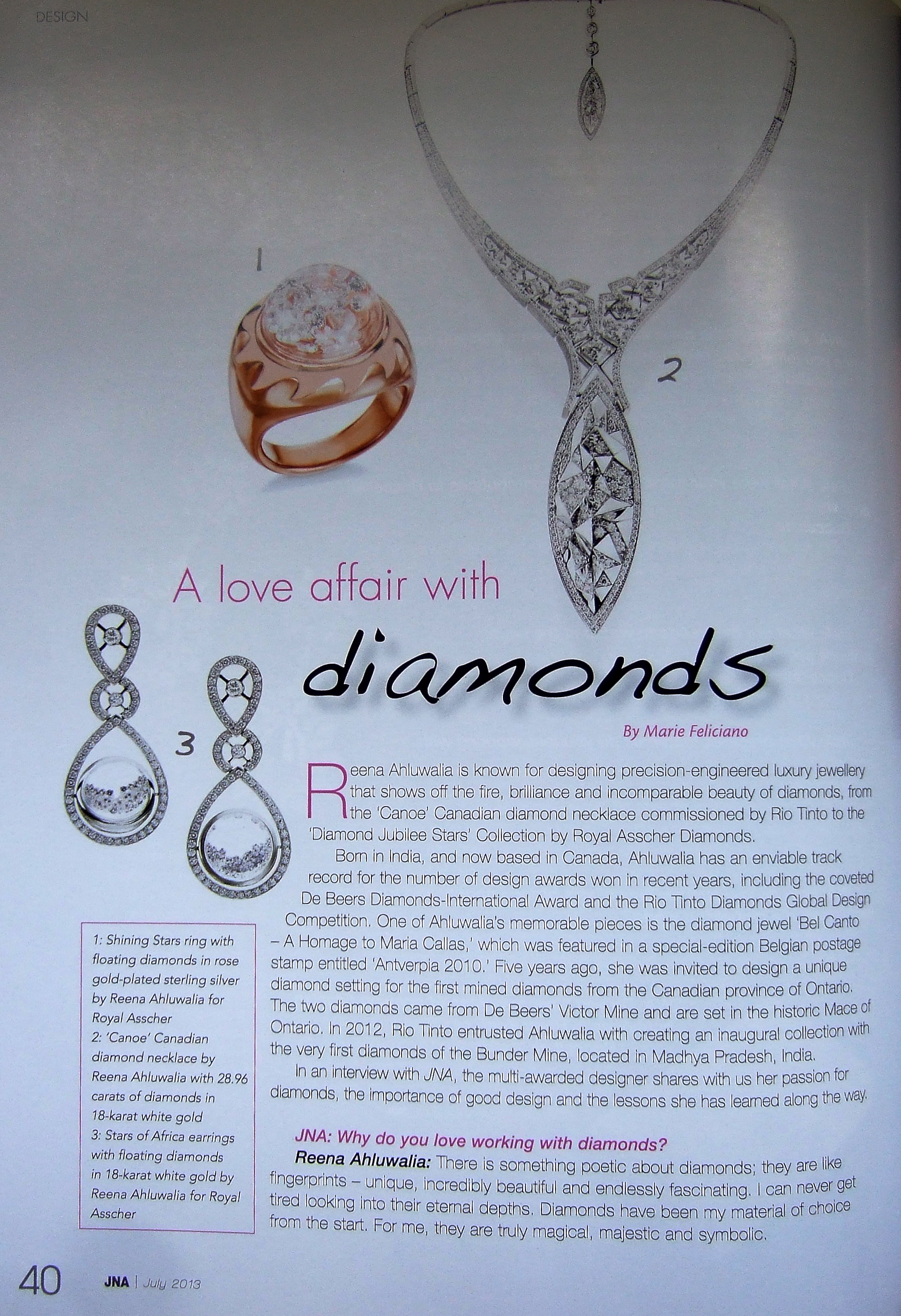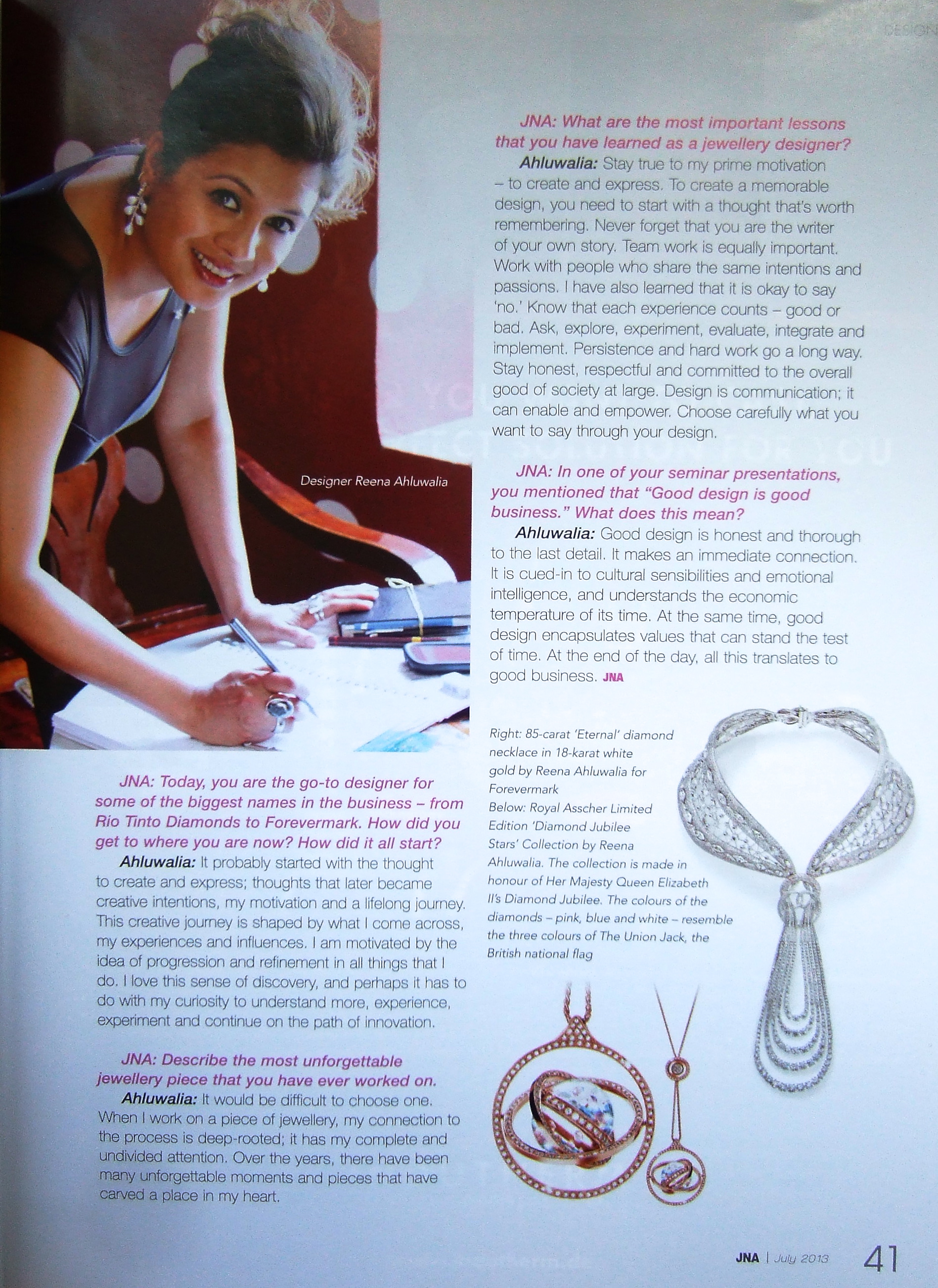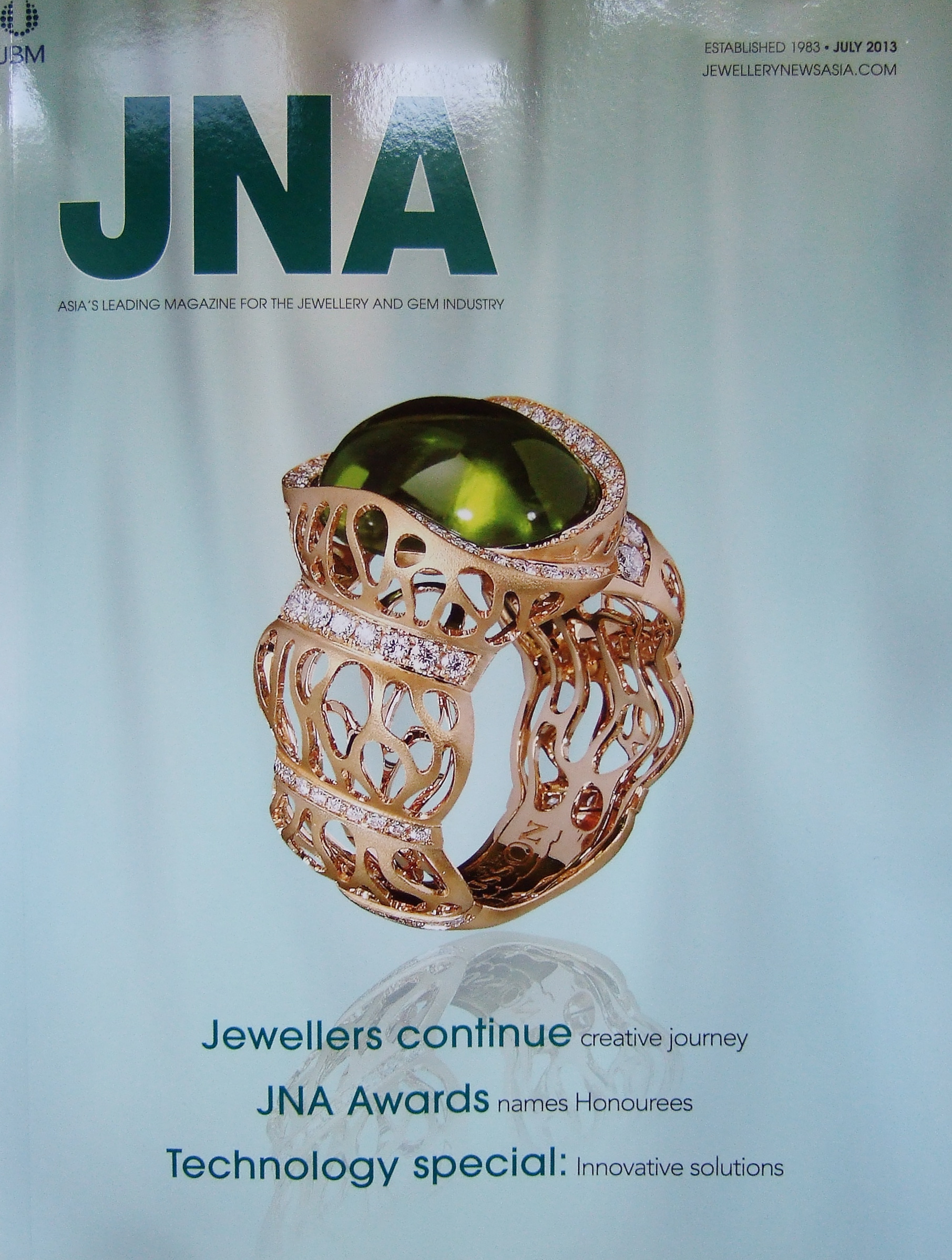After an extensive vetting process, Toronto’s George Brown College chose jewelry designer Reena Ahluwalia to serve as their keynote speaker at Convocation 2017. According to Dean Luigi Ferrara, “Reena’s influential work in the global diamond and jewelry industry, her achievements in the world of Fashion and Visual Art and service as Faculty and mentor to so many of our students, made her the ideal choice for inspiring our graduates and sending them off into this exciting new phase of their lives.”
Drawing from some of the pivotal lessons from her life, Reena Ahluwalia, jewelry designer, painter, professor and community builder, urged students to nurture and value their unbounded mind, their unique inner compass and the passion to persevere. During the ceremony Reena received an honorary degree in International Fashion Management and an Institute without Boundaries (IwB) Fellow Award for leaving an indelible mark on industry, country, community and for her contributions to the areas of study offered at George Brown for being an exceptional role model for the students. Reena’s full Keynote Speech can be seen here: https://youtu.be/jnuiYuxtLtI
Anne Sado, President of the George Brown College, said, “Our Academic Management Committee made up of all college Deans, were unanimous in recommending Reena Ahluwalia. Our criteria for granting an honorary degree is for people who have made an exceptional contribution to the country, world, with relevance to the College. As a person worthy of this recognition, Reena Ahluwalia exemplifies the qualities that George Brown College staff and students strive for – perseverance, passion and excellence.”
The George Brown College convocation ceremony for the Centre of Arts, Design & Information Technology was held on June 12th, 2017 at the Sony Centre for the Performing Arts in Toronto, Canada.



